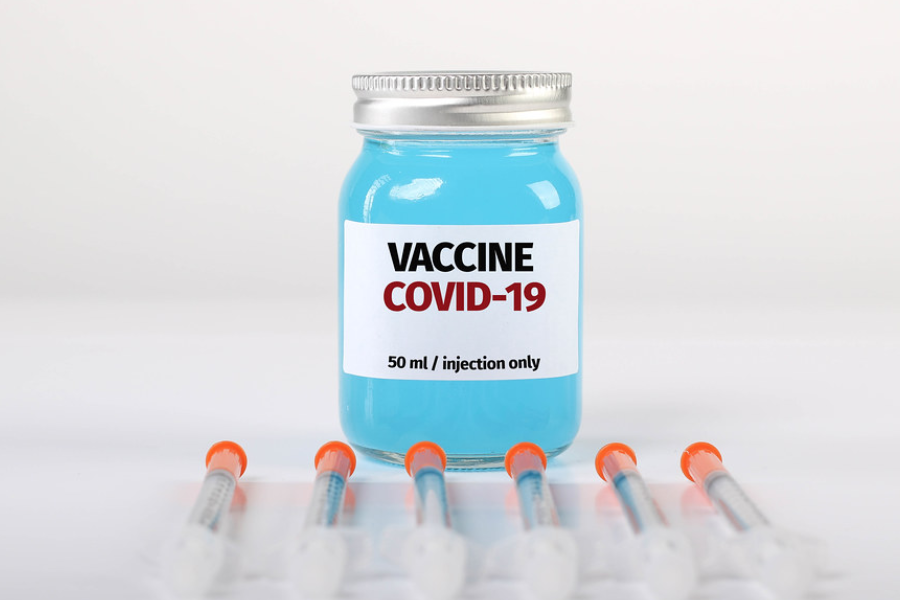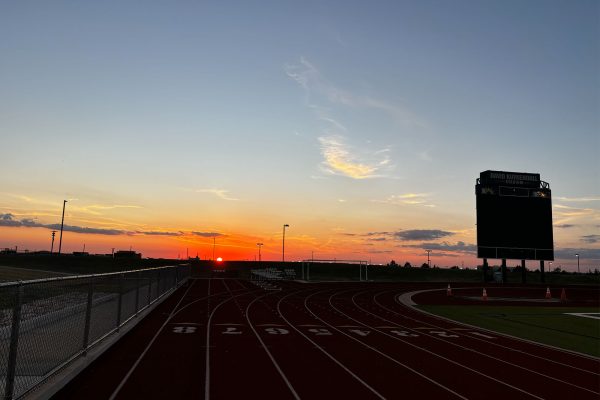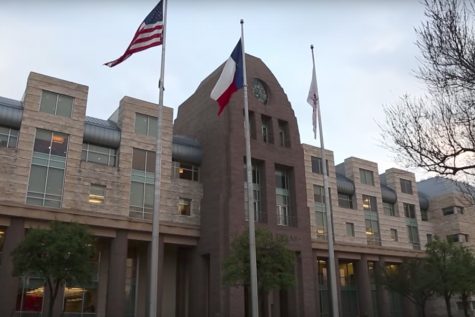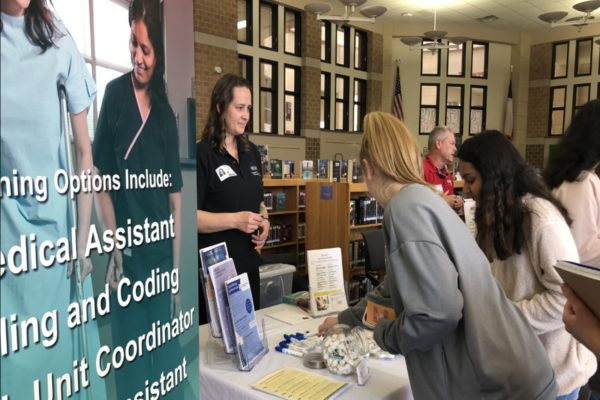FISD parent participates in Pfizer vaccine trial
Over 40,000 Americans participated in the Pfizer/BioNtech vaccine clinical trials. One of the volunteers was FISD parent, Shreedeep Mitra. “It was an opportunity to be part of something big and historic however small my part was,” Mitra said. “Mankind has suffered enough already and this was a moment to give back to society.”
Dozens of cameras and reporters watched a historic scene play out as the first batch of COVID-19 vaccines were distributed at Dallas Methodist Medical Center early Monday morning.
Produced in a record amount of time, the quick turnaround on the Pfizer-BioNTech COVID-19 vaccine was a combined effort of thousands of scientists, researchers, and those who were willing to participate in clinical trials.
One of the more than 40,000 volunteers for early clinical trials was FISD parent Shreedeep Mitra.
“There were several reasons I decided to participate in the trials and not in any particular priority,” Mitra said. “Firstly it was an opportunity to be part of something big and historic however small my part was. Mankind has suffered enough already and this was a moment to give back to society. Secondly, the U.S. government has been spending taxpayer dollars (our money) to successfully introduce vaccines quickly. Therefore there’s a need for volunteers.”
Mitra joined the clinical trial during phase three of the Pfizer vaccine trial, participating in what is referred to as a double-blind study.
“Half the participants will receive the placebo which in this case was saline water,” Mitra said via text. “I had undergone physical examination, blood tests, and a COVID test before being given the shot.”
Though Mitra hasn’t seen confirmation on whether he received the placebo, he experienced symptoms in line with what has been reported among those who have been confirmed to have received the real vaccine.
“There were two doses three weeks apart,” Mitra said via text. “After both doses, I experienced mild flu-like symptoms like body aches, weakness, and mild fever of 99.5 to 100.5. Symptoms lasted three days. These are documented. My assumption is that I received the real vaccine because saline water would not give me these symptoms within 24 hrs after taking the shot.”
There has been controversy concerning the speed at which the vaccine was developed, however, biology teacher Richard Sabtier assures that there’s not much to be worried about.
“The whole idea behind Operation Warp Speed and going quickly, that’s a good thing because we are already pretty far into the development of this RNA vaccine process, you know something that vaccines have been leaning towards over the past several years,” Sabatier said. “People are concerned about ‘Oh, I don’t know, it’s been a condensed time frame,’ but at the end of the day, it’s the same way that vaccines, it’s not like they are reinventing the wheel as far as vaccines. We already know how vaccines work, we’ve been getting vaccinated for hundreds of years, if we look back even further, you know back in the colonial times, they had, not full vaccines, but a version of vaccines, this is not a new technology, the thing that’s new is just for this particular virus, so it is a safe way of ending the pandemic basically, much safer than everybody getting it.”
In a poll by the PEW Research Center, about 18 percent of U.S. adults said that they would not be receiving a COVID-19 vaccine until further research is conducted and more people receive the vaccine outside of clinical trials. Mitra, like the tens of thousands of other volunteers who might have received the vaccine in the trials, took a risk in order to help researchers evaluate the potential side effects.
“My elder brother is a senior cardiologist in the UK and he participated in the Oxford Astrazena vaccine trial,” Mitra said via text. “He was actually the most supportive of my family to encourage me to go for it. Since I participated in a phase 3 study of a trial vaccine, the immediate risks are already known to a large extent. Knowing that 40,000 other people are also participating in a trial by one of the most famous pharmaceutical companies, Pfizer, boosted my confidence.”
As trucks loaded with the Pfizer COVID-19 vaccine continue to arrive in Texas, it is projected that the general population (non-essential, low-risk individuals) will be able to receive their first of two injections starting in early May, with the potential to arrive as soon as late February. Mitra urges those who will have access to the vaccine to get it as soon as possible.
“People must take it for the safety and benefit of themselves, for every else in their community and for the country,” Mitra said via text. “There is no pain, it’s just like a seasonal flu shot. The reaction symptoms can easily be treated with a Tylenol. Don’t wait for others to get it. If you get a chance, take it! There are no adverse short term side effects of the Pfizer vaccine whose trial I participated in. Moderna’s vaccine is similar and is safe too.”
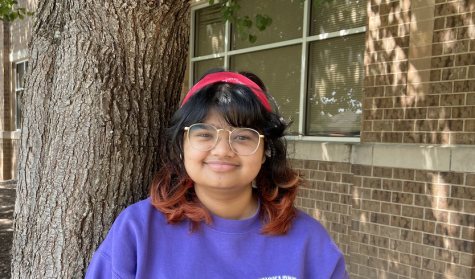
Trisha Dasgupta is entering her fourth year in Wingspan as a senior. In addition to Wingspan, she has explored her passion for journalism through the Independent...




